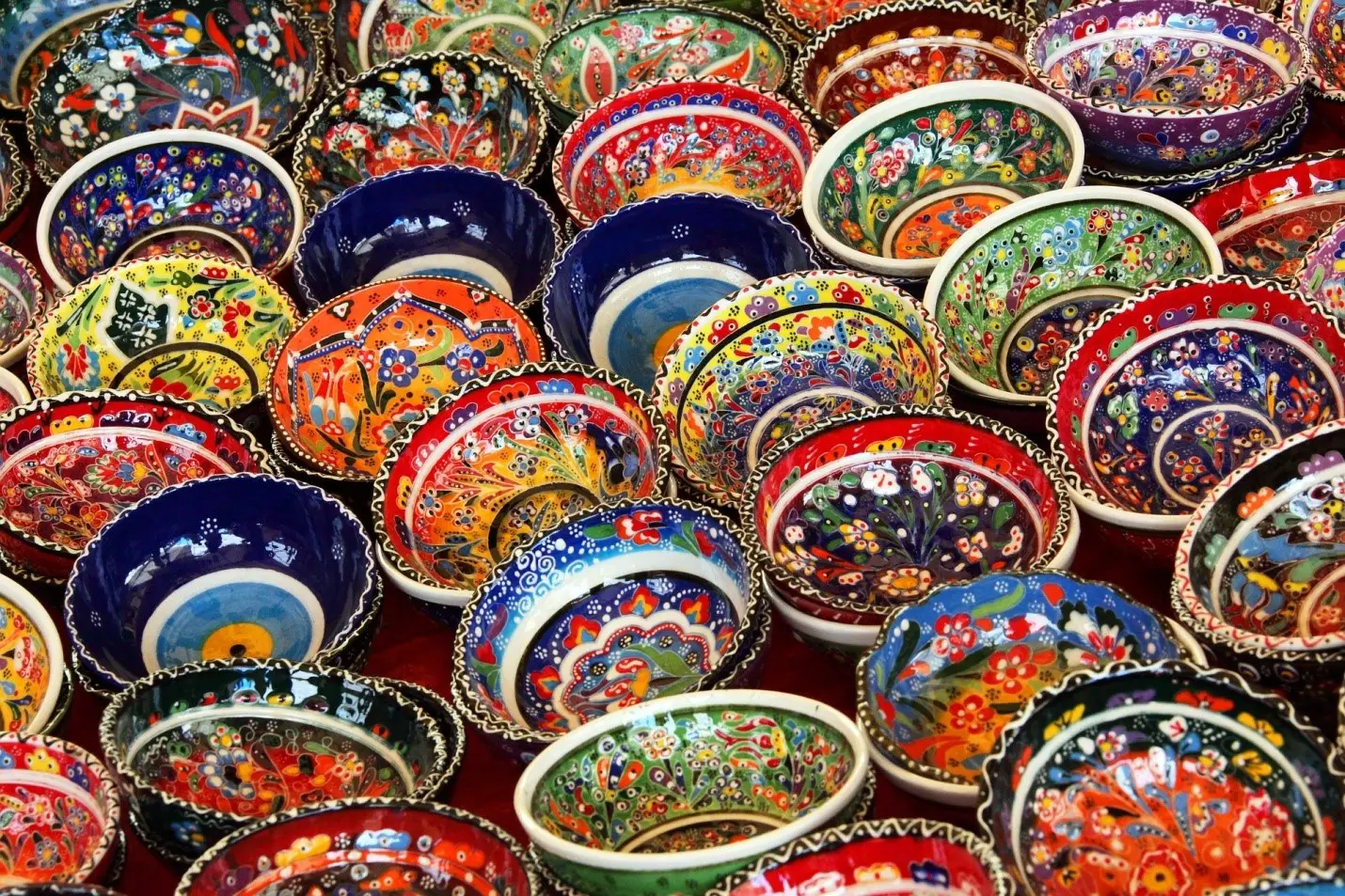Are you tired of spending hours perfecting a ceramic piece only to find it disintegrated in the kiln? If so, you’re not alone. Many ceramists have experienced the frustration of their hard work going up in flames because of the wrong choice of drawing materials.
So, how can you ensure your artwork survives the kiln? What are the best drawing materials that won’t burn off? Let’s explore some top options and discuss their pros and cons. By the time you have finished reading the article, you’ll be equipped with the knowledge to confidently choose the suitable materials for your next ceramic project. Let’s get started!
Which drawing materials are the most suitable to sustain when exposed in the kiln?
Here are a few materials that are suitable for use in the kiln for ceramic work:
1. Ceramic Markers:
These are designed for use on ceramics and are available in a range of colors. They can be used to create fine lines and details on the surface of the ceramic piece.
2. Underglaze Pencils:
These pencils are specially formulated for ceramics and will not burn off during the firing process. They can be used to draw intricate designs and patterns directly onto the surface of the ceramic piece.
If you are looking for the right underglaze Pencils to add charm to your ceramic projects, ChiPigments Underglaze Pencils are perfect. They are available in 10 different shades, offering ample room to add various colors and designs to your ceramics. The best part about these Underglaze Pencils is they are non-toxic and lead-free. Also, when fired in the kiln, the designs made from these underglaze pencils will emanate rich, vibrant colors, adding that glory to your ceramic designs.
3. Overglaze paints:
These paints are applied to the surface of the ceramic piece after it has been fired and glazed. They can be used to create fine details and intricate designs and will withstand the kiln’s heat during the second firing.
4. Resist Pencils:
These are also known as wax pencils and can be used to draw designs on a ceramic piece that will resist glaze application. They are available in various colors and can be used to create intricate designs.
5. China markers:
Grease pencils can be used to draw on ceramics and will not burn off in the kiln. They are available in various colors and are often used for marking and labeling.
Pros and Cons of the drawing materials used for ceramic drawing:
Each material has its pros and cons. Therefore, we decided to develop a pros and cons comparison table to help you make a better choice. Find the details below:
| Material | Pros | Cons |
| Ceramic Markers | Available in a range of colors, it produces fine lines and details, easy to use | Easy to use, available in a range of colors, produces fine lines and details |
| Underglaze Pencils | Easy to use, available in a range of colors, produce fine lines and details | Limited color range, may require multiple coats for deeper colors |
| Overglaze Paints | It can be used to create fine details and intricate designs, available in a range of colors | Must be applied overglaze, additional firing required, may require multiple coats for deeper colors |
| Resist Pencils | Resist glaze application, available in a range of colors, can be used to create intricate designs | Limited color range, may require multiple coats for deeper colors, difficult to remove mistakes |
| China Markers | Available in a range of colors, can be used on a variety of surfaces, does not smudge easily | Limited range of line widths, difficult to erase or remove |
Why is it important to choose suitable materials for drawing on ceramics?
Have you ever spent hours creating a beautiful design on your ceramic piece only to have it burn off in the kiln? How frustrating and disheartening is that? (Not to mention the waste of time and money invested in the project.) Choosing suitable ceramic drawing materials that won’t burn off in the kiln is paramount to ensure your hard work and creativity are not lost in the firing process.
But why does the proper material matter so much? When ceramics are fired in a kiln, the temperature can reach up to 2300°F or more. If you use materials that can’t withstand this heat, they will burn off, leaving you with a blank or disfigured ceramic project. This is where choosing suitable ceramic drawing materials comes in. Selecting materials that can handle the high temperature and fuse with the clay body is essential to create a permanent design.
So, if you want to avoid the disappointment of seeing your artwork go up in smoke, take the time to research and invest in suitable ceramic drawing materials. It’s a small price to pay for the satisfaction of knowing that your hard work will result in a lasting masterpiece.
Conclusion:
After careful research and experience, it is clear that not all drawing materials are suitable for use in a kiln. Selecting materials that will not burn off during firing is crucial when working with ceramics or other high-temperature materials. Using unsuitable materials can ruin a piece and pose a safety hazard.
In this article, we have tried to come up with kiln-safe materials. For instance, underglaze or resist pencils can be used to create detailed drawings of pottery or ceramic pieces. They are specially designed to withstand the high temperatures of a kiln. These materials are made from unique pigments that can handle the heat and remain intact after firing.
Materials such as graphite, charcoal, or regular colored pencils should be avoided as they are not designed to withstand high temperatures. When heated in a kiln, these materials will burn off, leaving unsightly marks or damaging the kiln.
We hope that the information we have provided in the article will assist you in making an informed purchase!







